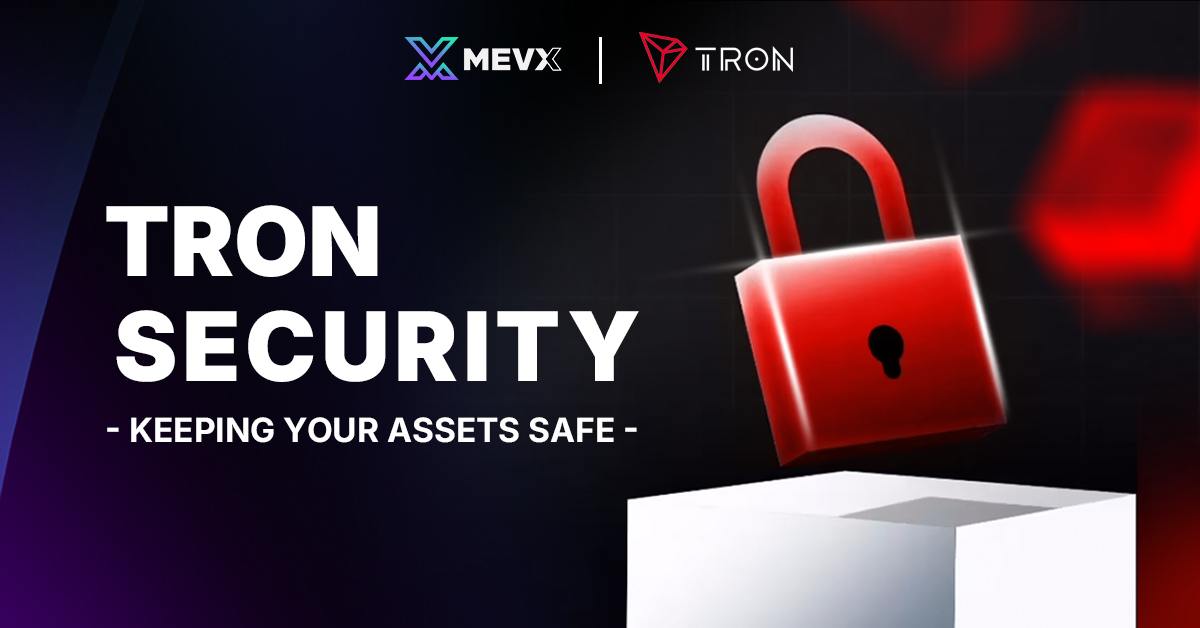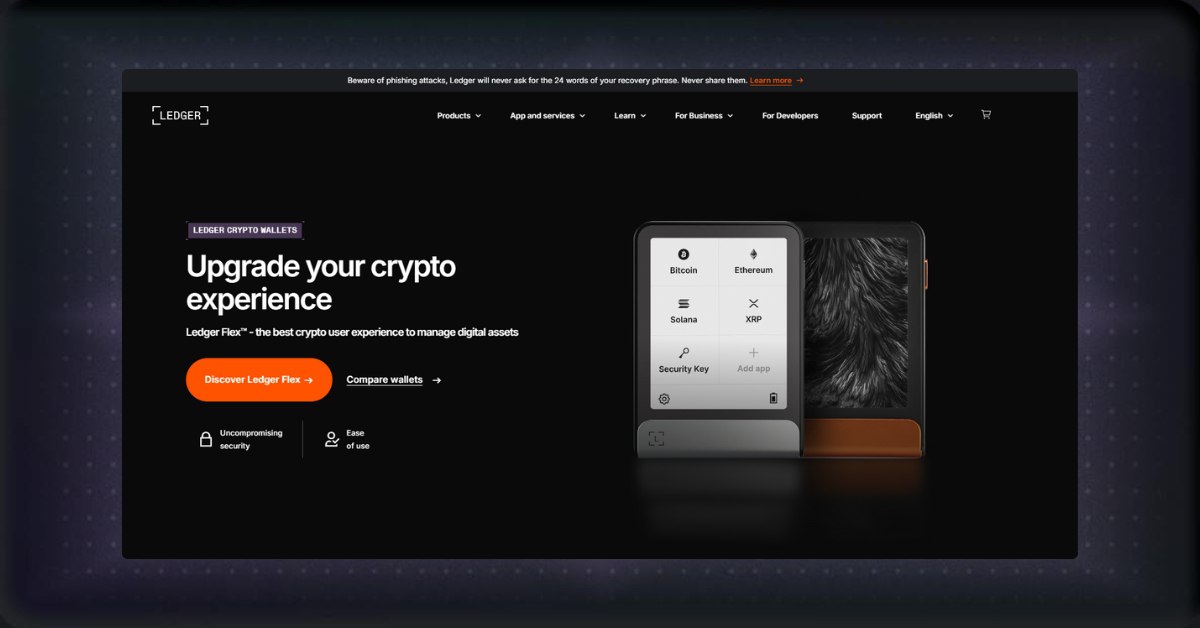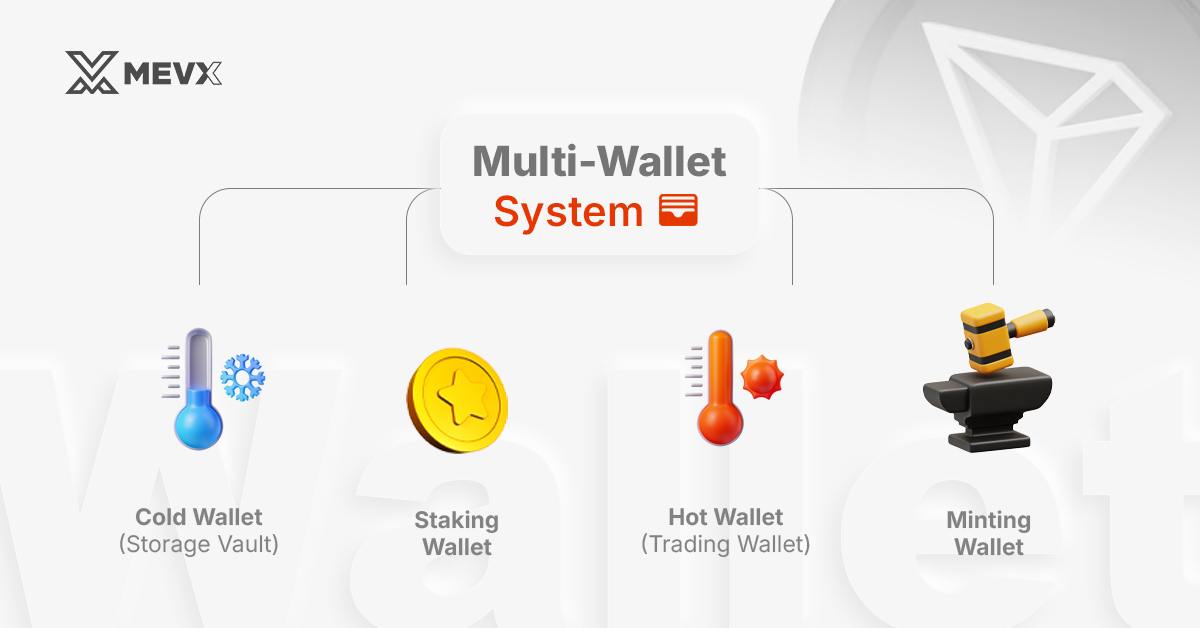Main Takeaways
- This article will help you protect your assets when interacting with the TRON blockchain.
- A step-by-step guide is also provided.

Improve your security to keep your assets safe
Introduction
This article will discuss how you can keep your assets safe when interacting with the TRON network. However, we want to clarify that no system is 100% secure. All you can do is make it as difficult as possible for a hacker to touch your assets.
Important Notes
- Invest in proper tools: Having a quality hardware wallet is necessary to keep your assets secure. We will recommend you buy one in this article. Please take notice that we won’t give you affiliate links or sponsors.
- Trust your gut: Most scam cases happen because people ignore their gut feelings. Ignore the FOMO or the good deal people are talking about if it seems fishy. Missing a good deal is better than losing everything.
Step 1: Get a Hardware Wallet
Hardware wallet is the most secure wallet type in the current market. It might not be as convenient as a software wallet, but remember, the main concern of this article is to get your assets as secure as possible.
We recommend you buy a Ledger wallet to store your TRX. Ledger supports most coins and wallets of major crypto projects, including TronLink, the official wallet of the TRON blockchain.
Tips to Buy a Hardware Wallet:
- Don’t buy from third parties: Always buy from the manufacturers. Many reviews on Amazon say their hardware wallets have been tampered with. We suggest you order directly on the Ledger Shop website.
- Always use a new wallet: If the wallet is pre-configured or has a seed phrase before it gets to you, never use it. You must be the first person to set up that hardware wallet.
- Write the seed phrase by hand: Once you create a seed phrase, never copy it, as your device will save the copied content. Write it down by hand and keep it somewhere safe.

Ledger’s homepage
Step 2: Set Up the Multi-Wallet System
It’s risky to keep all your eggs in one basket. In this article, we will show you how to minimize risk while keeping it convenient with a system of 4 wallets.

The recommended multi-wallet system
1. Cold Wallet (Storage Vault)
The hardware wallet you bought will be your storage vault. Your most valuable assets, such as TRON or NFTs, will be stored here. This wallet should never be connected to the internet or smart contracts.
2. Minting Wallet
If you are a developer, you will need a separate minting wallet. This wallet should stake enough TRX for Energy and Bandwith to cover minting and transaction fees. All the minted coins and NFT will be transferred either to the Cold Wallet to hold or the Hot Wallet to trade.
3. Hot Wallet (Trading Wallet)
This wallet faces the most risks. You will use this wallet to trade, buy, and sell. Only connect this wallet to trusted platforms.
4. Staking Wallet
You will use this wallet to stake coins. If you stake coins from multiple platforms, we recommend you have a staking wallet for each.
Step 3: Protect Your Seed Phrase
- Write it down physically: Don’t have a copy of your seed phrase on your computer. Don’t store it digitally at all.
- Don’t share it: No one should know your seed phrase or private key. If someone knows either of them, it is no longer your wallet.
- Make multiple copies: Write your seed phrases down on many pieces of paper and secure them in safe locations. If some unfortunate event happens, you still have a copy elsewhere.
Step 4: Do a Test Transaction
Once your wallet system is set up, do a test transaction before transferring your assets. Send 1 USDT through all your wallets to ensure everything works seamlessly. You can check our article to learn how to send and receive tokens on the TRON network.
Conclusion
Don’t believe any ads that say their wallets are 100% theft-proof. The best thing you can do is to minimize the risks you might encounter. Investing in proper tools, setting up a multi-wallet system, and staying vigilant can make it difficult for hackers to steal from you.
Share on Social Media:
